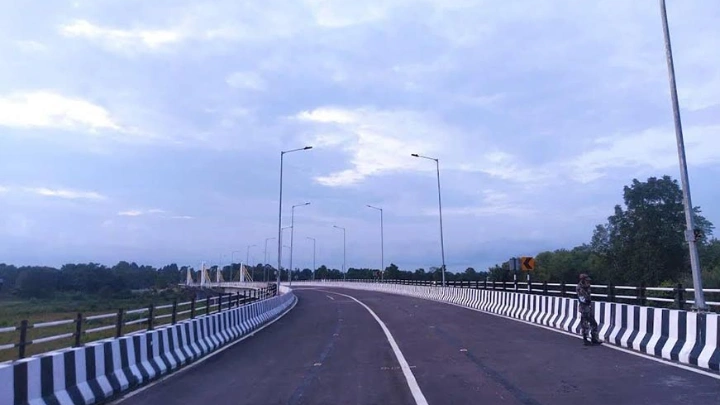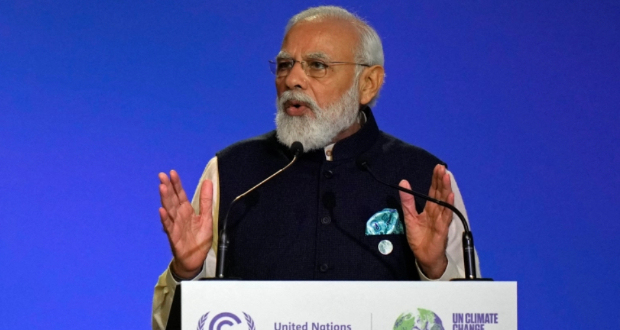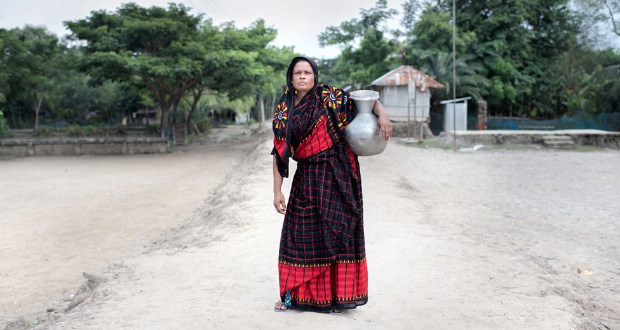Bangladesh is navigating an unprecedented political transition, which has shrouded its future development trajectory in uncertainty. Former Prime Minister Sheikh Hasina's uninterrupted 15-year tenure ushered in a period of stability in the country, attracting foreign investments in transport, energy, and digital infrastructure development. In this period, project aid emerged as a favoured modus operandi amongst Bangladesh's development partners, accounting for the largest proportion of overall foreign assistance. India emerged as Bangladesh’s foremost development partner under Sheikh Hasina’s premiership, with a development portfolio of US$ 8 billion, building bilateral and regional connectivity linkages essential to achieve Bangladesh’s economic growth potential. However, Hasina’s sudden departure from Bangladesh on August 5 brought the country to a halt. As the Mohammad Yunus-led interim government in Dhaka strives to return things to normalcy and rebuild its institutions, questions arise about the fate of the bilateral connectivity projects pending completion.
Former Prime Minister Sheikh Hasina's uninterrupted 15-year tenure ushered in a period of stability in the country, attracting foreign investments in transport, energy, and digital infrastructure development.
India-Bangladesh connectivity canvas
Given their geographic proximity and interlinkages, connectivity cooperation is a central tenet of the India-Bangladesh bilateral partnership. Sharing the world’s fifth-longest boundary (4,096 km), Bangladesh borders India’s Northeastern states and West Bengal. Connectivity cooperation between the bilateral partners is mutually beneficial. Surrounded by Indian territory on three sides, Bangladesh is often described as ‘India locked’, necessitating robust connectivity with India. For New Delhi, connectivity with Bangladesh is vital as its Northeastern territories will gain access to the Bay of Bengal, improving maritime trade opportunities. Furthermore, Bangladesh is a key focus of the country’s ‘Neighbourhood First’ and ‘Act East’ policies as its immediate eastern neighbour and land bridge to Southeast Asia.
Connectivity between India and Bangladesh is also mutually beneficial because of their robust trade ties. India is Bangladesh’s largest trading partner, with bilateral trade ranging from energy, food, and cloth fibres to electric appliances and plastics. Consequently, several connectivity channels have been established between the two countries including rail links, bus routes, inland waterways, and sea ports for trade and transport.




